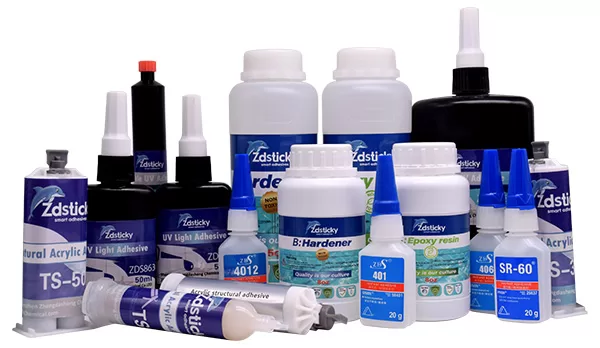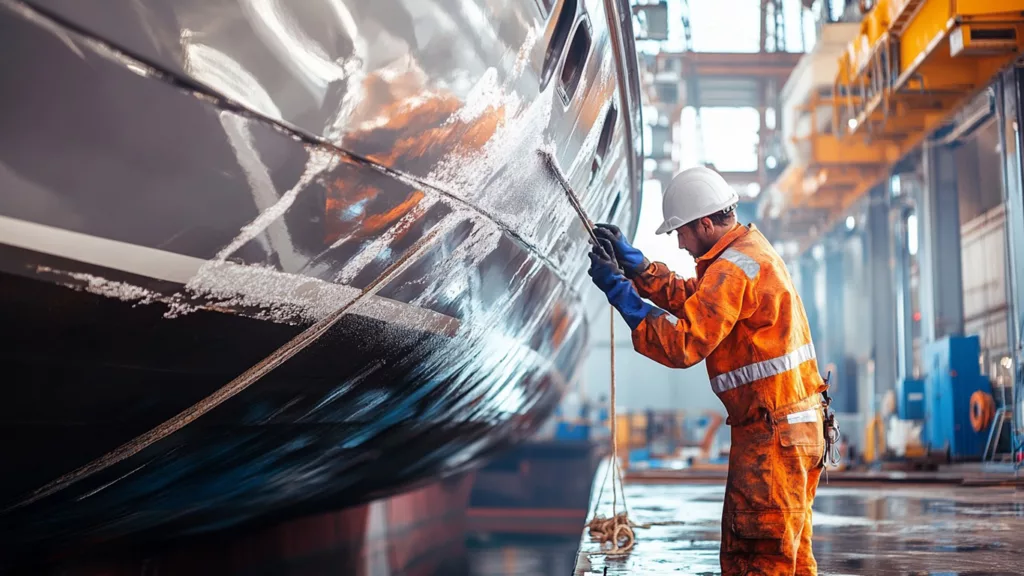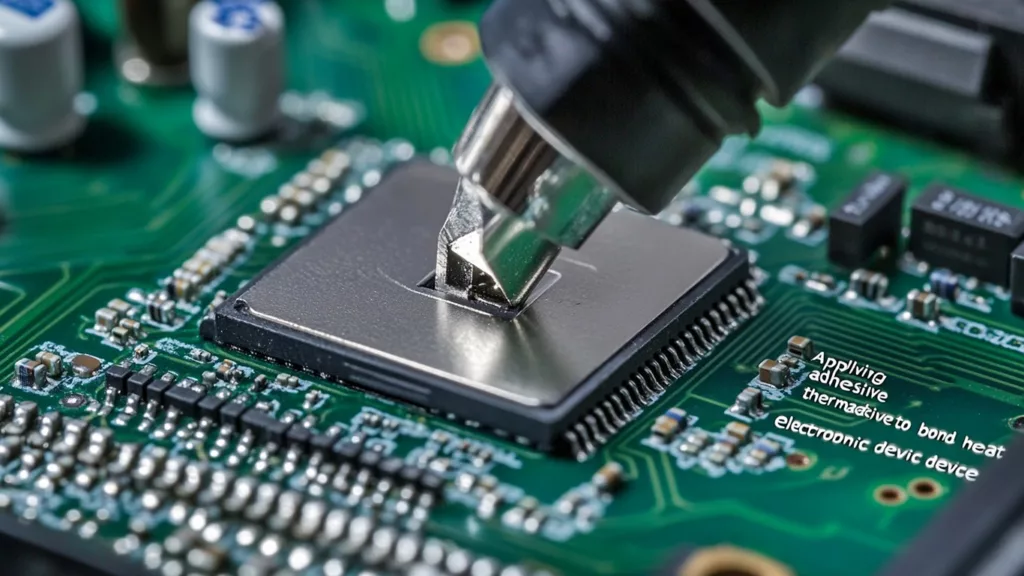Introduction to Marine Adhesives
Definition and Importance
Adhesives for marine panels are specialized bonding agents designed to endure the harsh marine environment. These adhesives are critical in constructing, sealing, and maintaining various parts of a boat or marine structure. Unlike standard adhesives, marine-grade adhesives must resist saltwater corrosion, extreme temperatures, and constant vibration. Their ability to bond diverse materials like wood, metal, fiberglass, and composites without compromising structural integrity is vital for marine safety and performance.
Marine adhesives have revolutionized shipbuilding and repair processes by replacing traditional mechanical fasteners in many cases. Why? Because they distribute stress uniformly, reduce weight, and enhance overall aesthetics by eliminating visible joints or rivets. It’s no exaggeration to say that these adhesives are the unsung heroes holding modern marine engineering together.
Overview of Marine Industry Requirements
The marine industry sets a high bar for any material used on vessels, and adhesives are no exception. These products must meet strict standards related to water resistance, UV stability, temperature endurance, and long-term durability. Additionally, since boats and marine structures are constantly exposed to dynamic loads and flexing, adhesives used must remain elastic yet tough.
Regulatory bodies like the American Bureau of Shipping (ABS), Lloyd’s Register, and DNV-GL also provide certification guidelines, which adhesive manufacturers must comply with to ensure their products are fit for marine applications. Whether for recreational boats, luxury yachts, military vessels, or offshore platforms, the demand for marine adhesives that balance performance and safety is unrelenting.

Types of Adhesives for Marine Panels
Polyurethane Adhesives
Polyurethane adhesives are the go-to choice for bonding marine panels, particularly when working with materials such as fiberglass, wood, or composite panels. These adhesives cure upon exposure to moisture, forming strong, flexible bonds. Their elasticity allows them to accommodate the natural movements of boats caused by wave action, thermal expansion, or vibration.
Besides being water-resistant, polyurethane adhesives offer excellent adhesion to a variety of substrates. They’re easy to apply and often used in structural bonding, sealing seams, and attaching deck panels. Notably, their gap-filling properties make them particularly useful when working with imperfect surfaces or joints.
Epoxies
Epoxy adhesives are renowned for their incredible strength and chemical resistance, making them ideal for structural marine bonding applications. They consist of two parts—a resin and a hardener—that, when mixed, cure into a rigid, high-strength material. Epoxies are frequently used in hull lamination, stringer attachment, and panel construction where mechanical strength is paramount.
They offer excellent bonding to wood, fiberglass, and metals and resist both freshwater and saltwater corrosion. However, their lack of flexibility compared to polyurethane makes them more suitable for static applications. Despite this, epoxies are indispensable in modern boatbuilding.
Silicone Adhesives
Silicone adhesives are celebrated for their exceptional flexibility, UV resistance, and long-lasting performance. Though not typically used for primary structural bonding, they are perfect for sealing joints, windows, hatches, and areas exposed to weather and UV rays.
Silicone remains pliable even under extreme temperatures, making it an excellent sealant for above-deck applications. It’s also ideal for situations where disassembly is anticipated, as it allows easier removal compared to more permanent adhesives.
![]()
Properties of Effective Marine Adhesives
Water Resistance
Water resistance isn’t optional—it’s a baseline requirement. Adhesives for marine panels must endure constant immersion or exposure to saltwater without degrading or losing adhesion. Water ingress can compromise the bond, lead to corrosion, and even endanger the vessel’s structural integrity.
Effective marine adhesives incorporate hydrophobic polymers that repel water and maintain performance in saturated environments. Long-term submersion resistance, including in salty or brackish water, is a defining trait.
Temperature Stability
Marine environments see a wide range of temperatures, from freezing seas to scorching sun-drenched decks. Adhesives must perform consistently, resisting breakdown or softening under thermal stress. High-performance marine adhesives have thermal stability ranges that extend from below freezing (-40°C) to well above 100°C.
Stability at these extremes prevents adhesive failure, which could lead to leaks, delamination, or structural instability. Therefore, selecting adhesives rated for the right temperature range is critical for long-term performance.
Flexibility and Durability
Boats move. A lot. Flexibility ensures that adhesives can absorb the shocks and strains caused by waves, impacts, and hull flexing without cracking or losing bond strength. This property, often referred to as “elongation at break,” differentiates high-quality marine adhesives from generic ones.
Durability means the adhesive will continue to perform for years, resisting UV radiation, chemical attack, and mechanical stress. Without this, repairs would become frequent and costly.
Application Techniques for Marine Adhesives
Surface Preparation
Proper surface preparation is half the battle. Surfaces must be clean, dry, and free of grease, dust, or old adhesive. Often, light sanding or abrasion is recommended to improve surface energy and bonding strength.
Depending on the material, primers may be necessary to ensure optimal adhesion. For instance, bonding to aluminum or fiberglass typically requires a primer to prevent oxidation and improve adhesion.
Adhesive Application Methods
Application methods vary based on the type of adhesive and intended use. Common techniques include cartridge dispensing, trowel spreading, or spray application for larger surfaces.
In most cases, uniform adhesive distribution is essential. Using spacers or applying consistent pressure during curing helps avoid air pockets or weak spots. Curing times should be strictly followed as per manufacturer instructions to ensure proper bonding.
Case Studies of Marine Adhesive Usage
Boat Building
Marine adhesives have completely transformed boat construction. Traditionally reliant on screws, bolts, and rivets, modern boatbuilders now use adhesives for bonding hull panels, decking, and interior modules. The results? Lighter, stronger, and more fuel-efficient vessels.
One striking example is in high-speed racing boats, where weight reduction is vital. Adhesives allow for seamless panel bonding without compromising strength, which is critical at high speeds and wave impacts.
Repair and Maintenance
In maintenance, adhesives offer an easy, effective solution to replace fasteners, seal cracks, or patch delaminated panels. For instance, during hull repair, epoxy resins can restore structural strength while polyurethane fills gaps and seals seams.
Adhesives are especially valuable in remote areas where traditional mechanical repairs are impractical. Many marine technicians now travel with multi-purpose adhesive kits capable of handling a wide range of onboard issues.
Challenges in Marine Adhesive Applications
Environmental Factors
Saltwater, UV rays, temperature fluctuations, and humidity all test the limits of adhesives. Any failure can lead to severe consequences, from leaks to total bond separation. To mitigate this, adhesives must be carefully selected and applied following environmental considerations.
Storage and handling of adhesives also present challenges. Improper storage—like high humidity or direct sunlight—can compromise product integrity even before application.
Adhesive Compatibility with Marine Materials
Not all adhesives are compatible with all substrates. For instance, bonding polyethylene or oily woods like teak can be problematic without special primers or surface treatments. Misapplication can lead to adhesion failure or long-term degradation.
Compatibility charts provided by manufacturers are invaluable tools when selecting adhesives for specific materials. Testing a small area first is always a smart approach.
Future Trends in Marine Adhesive Technology
Innovations in Adhesive Formulation
Ongoing research is delivering adhesives with faster cure times, improved green strength, and better performance under environmental stress. Smart adhesives with self-healing capabilities are also being explored for critical marine applications.
Another emerging trend is hybrid adhesives—products combining the best of silicone, polyurethane, and epoxy. These hybrids aim to balance strength, flexibility, and ease of application in one formulation.
Sustainability in Marine Adhesives
The marine industry, like many others, is pivoting towards greener solutions. Bio-based and low-VOC adhesives are entering the market, offering environmentally friendly alternatives without sacrificing performance.
Manufacturers are also focusing on recyclability and reducing the environmental footprint of production and packaging. The future of marine adhesives is not only stronger but also more sustainable.
Conclusion
Summary of Key Points
Adhesives for marine panels are indispensable in the modern marine world. From polyurethane’s flexibility to epoxy’s strength and silicone’s weather resistance, each adhesive type plays a distinct role. Their properties—like water resistance, temperature stability, and durability—are tailored to the unique demands of marine environments.
Proper application, surface preparation, and understanding environmental challenges are critical to ensuring long-lasting performance. As innovations continue, marine adhesives are becoming more efficient, user-friendly, and eco-conscious.
Final Thoughts on Marine Adhesives
Choosing the right adhesive can make or break a marine project. Whether building a high-speed racing boat or maintaining a fishing vessel, the adhesive must be selected and applied with care. The evolution of marine adhesives promises even more exciting developments—stronger, lighter, and more sustainable solutions that redefine what’s possible on the water.
FAQs
What is the best adhesive for bonding marine panels?
Polyurethane adhesives are often the best due to their flexibility, water resistance, and bonding strength with materials like wood, fiberglass, and composites.
Can epoxy be used in underwater marine applications?
Yes, specially formulated marine epoxies can bond and cure underwater, making them suitable for hull repairs and submerged applications.
Are marine adhesives UV resistant?
Many marine adhesives, especially silicone-based ones, are UV resistant and ideal for applications exposed to direct sunlight.
Do I need to prepare the surface before applying marine adhesives?
Absolutely. Surface preparation is essential to ensure maximum adhesion. Cleaning, sanding, and sometimes priming are necessary steps.
Are there eco-friendly marine adhesives?
Yes, the industry is shifting toward low-VOC and bio-based adhesives that reduce environmental impact without compromising performance.
Can marine adhesives replace mechanical fasteners completely?
In many cases, yes. Adhesives distribute stress better and reduce weight, but critical load-bearing structures may still require fasteners as backups.
Clear Call-to-Action (CTA):
ZDS™ is a leading adhesives manufacturer, offering wholesale and custom adhesive solutions specifically designed for industrial, electronics, automotive, construction, marine, aviation, and more.
Want adhesives that stand up to the harshest marine conditions?
📞 Contact us today for expert consultation, or explore our premium marine adhesive solutions!
📧 Sign up for our newsletter for product updates and industry tips.
📱 Follow us on social media to stay connected with innovation in adhesives.












